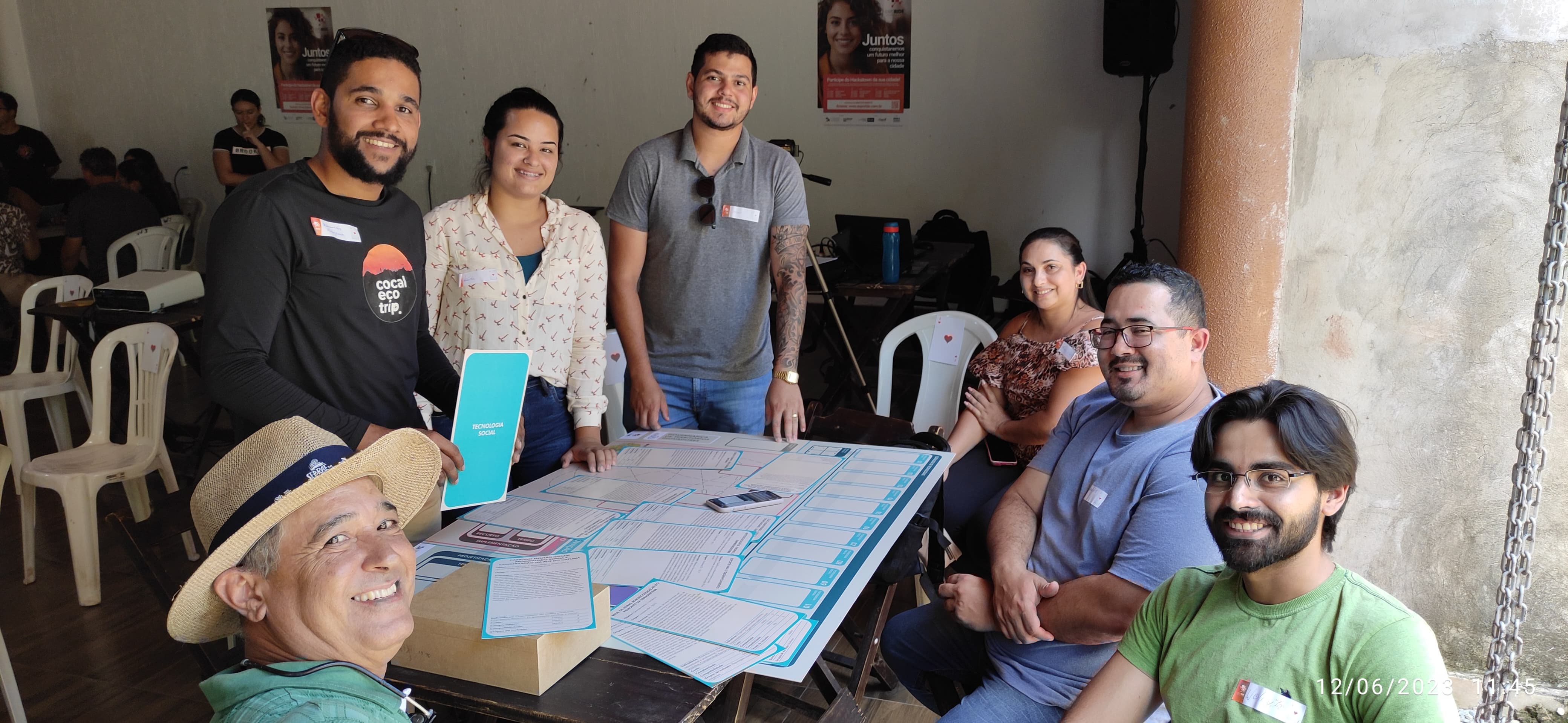Collaborative land management planning
Community engagement in Cerrado land management.
Pró-Onça Institute
The collaborative land management planning initiative creates comprehensive plans to conserve jaguar habitats while considering the livelihoods of local communities. It emphasizes participatory processes that actively involve all stakeholders: local community members, government agencies, NGOs, and wildlife conservation experts. Interactive workshops encourage participants to share insights on land use, conservation priorities, and resource management. These workshops serve both as platforms for gathering input and promoting awareness of jaguar conservation’s critical role within the broader ecosystem.
A key component is the inclusion of biodiversity assessments to systematically evaluate ecosystem health, focusing on jaguar populations and their habitats. Socio-economic factors -such as agricultural practices, local economic dependencies, and cultural values - are also considered to ensure plans are both ecologically and socially sustainable. A multi-stakeholder committee is established to ensure the effectiveness and longevity of these strategies. This committee fosters ongoing dialogue and provides mechanisms for adapting plans as environmental and social conditions evolve. This participatory, adaptive approach ensures a harmonious coexistence between jaguar habitats and sustainable economic activities, and is transferable to other regions facing similar land-use challenges.
Successful facilitation relies on several enabling factors. First, skilled moderators are essential to guide stakeholder workshops, ensuring equitable participation and synthesizing diverse viewpoints into actionable strategies. Access to accurate, comprehensive data on current land use is also crucial to underpin informed decision-making and identify areas for conservation action.
Legal frameworks supporting community land rights are fundamental for empowering local stakeholders to engage meaningfully in planning. These frameworks legitimize community claims and enable their active participation in conservation initiatives. Neutral mediators can be instrumental in resolving conflicts and fostering collaborative environments, especially where agricultural and conservation interests intersect. Together, these factors build trust, promote transparency, and forge strong partnerships among communities, governments, and conservation organizations—essential elements for the sustainable management of jaguar habitats.
Stakeholders from diverse backgrounds contribute valuable knowledge about local ecological conditions, cultural values, and land-use practices, leading to more robust and adaptable management strategies. This inclusivity strengthens relationships between communities and governance structures, fostering greater buy-in and ownership of conservation initiatives.
A key lesson is that land management plans must be dynamic rather than static. Regularly revisiting and adapting these plans in response to ecological shifts -such as changes in jaguar populations, land use, or climate - is essential to ensure relevance and effectiveness. Flexibility enables timely responses to emerging challenges, enhancing conservation outcomes.
Finally, we learned that building strong, trust-based relationships among stakeholders fosters a collective commitment to preserving natural resources. This ensures that jaguar conservation remains a central priority in land management planning and provides a model that can be replicated in other landscapes facing similar conservation and development pressures.
